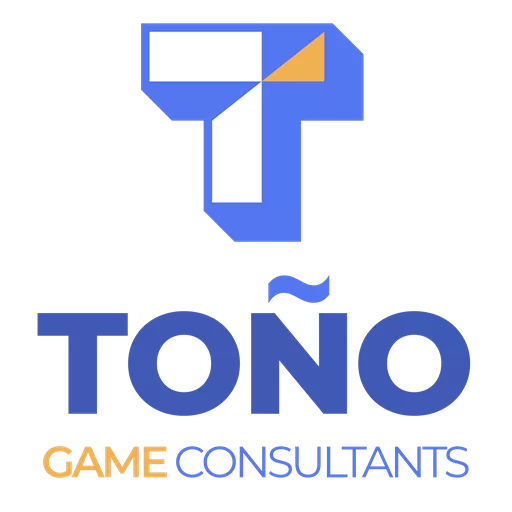When studios talk about building new technology, a smarter AI system, a faster rendering pipeline, or a more elegant gameplay framework, the conversation usually revolves around performance, computational speed, or technical elegance.
But too often, the hidden costs are ignored. A system without tools is a system that only engineers can touch. That leaves designers and artists, the people generating the most content for your game, blocked, slowed, or dependent on engineering for every change. Over time, this turns innovation into inefficiency.
This problem isn’t exclusive to custom engines, but it’s most visible in two contexts:
-
Legacy tools in proprietary engines: systems passed from game to game, never re-examined for usability, piling up technical debt.
-
Extensions to licensed engines: Unreal or Unity pipelines stretched with custom scripts or editors that don’t consider designer workflows.
And the later tools arrive, the worse it gets. Introduced in pre-production? They’ll save thousands of hours. Introduced in crunch? They’ll sit unused.
The Trio That Makes Tools Work
The most successful studios treat tool development as a triangle of roles:
-
UX Tool Designer: finds the gaps. Identifies where artists and designers are slowed down, or where new workflows need intuitive interfaces to thrive.
-
Product Owner (PO): quantifies value. Weighs how much each tool would accelerate content generation or improve quality.
-
Tech Lead / Tech Producer: defines cost. Breaks down architecture work, programmer time, dependencies, and risks, so leadership sees the real price tag.
Together, these three frame every decision along value vs. cost vs. usability.
-
Without UX: tools exist but nobody outside engineering can use them effectively.
-
Without Tech: POs oversell value without understanding feasibility, overcommitting teams.
-
Without PO: tools lack prioritization, engineers build what’s interesting, not what’s needed.
Timing Is Everything
The earlier a tool is conceived and delivered, the more value it adds. Designers adopt it, workflows adapt to it, and productivity compounds.
But if a tool shows up late?
-
The team is already locked into habits.
-
Adoption is resisted, especially in crunch.
-
The tool risks being ignored, no matter how much effort was spent.
Priorities aren’t just about cost and value. Timing matters. Some tools, like asset pipelines and level editors, must exist in pre-production. Others, like balancing dashboards or telemetry visualizers, may come later. A strong PO accounts for both.
The Hidden Cost of “Engineer-Only” Systems
Every time a designer has to ask an engineer for support, to expose a parameter, to tweak a system, to add new content, the studio pays three times:
-
The designer is blocked.
-
The engineer is context-switching from core work.
-
The project loses momentum.
Multiply that by months of iteration, and the “cheap” decision to skip tool support becomes extremely expensive.
This is exactly why we built our Time Estimation Tool, to help teams measure not just the engineering effort for new systems, but the true production cost of relying on engineers instead of empowering designers. When you can estimate both, it becomes far easier to decide which tools to build first, and when they’ll deliver maximum value.
That’s why every new algorithm (whether it’s GOAP, a bespoke physics framework, a shader pipeline without a node editor, or a particle system without visual tools) must ship with tools. Otherwise, it’s just an engineering showcase. Designers can’t use it, content doesn’t scale, and the burden falls back on engineering.
Leadership’s Responsibility
This isn’t a problem engineers alone can fix. It requires top-down direction from managers and directors:
-
Insist that every major system includes a designer-facing toolset.
-
Empower Product Owners to prioritize tools based on value, cost, and timing.
-
Back Tech Leads when they push back on unrealistic scope or hidden costs.
Because at the end of the day, tools aren’t about “making engineers happy.” They’re about enabling designers and artists to produce more content, at higher quality, with lower overall cost.
Raising the Bar with Product Ownership
A strong PO doesn’t just maintain a backlog, they maintain a living roadmap of tool priorities:
-
Sorting tools from highest value/lowest cost to lowest value/highest cost.
-
Cutting low-impact tools early, before engineering time is wasted.
-
Sequencing deployment so tools arrive when they’re most useful.
-
Reprioritizing as new systems appear or old needs fade.
This is how studios raise the bar: not by throwing more engineers at the problem, but by ensuring every new tool investment pays off in adoption, usability, and long-term value.
Next Steps
If your studio has struggled with tool adoption, or you’ve seen algorithms turn into bottlenecks instead of multipliers, it may not be your engineers’ fault. It may be a process gap at the leadership level.
That’s where our production consulting services come in. We help studios align UX, Product Ownership, and Technical leadership to cut waste, empower designers, and ship more content without ballooning costs.
FAQ: UX Tools Development
Why can’t engineers just build the tools themselves?
They can, but when engineers design tools without UX input, they often optimize for power, not usability. This results in tools that only engineers can use effectively, leaving designers and artists dependent on engineering for every change.
Isn’t adding UX and Product Ownership just more overhead?
Not at all. In AA/AAA development, most content is created by designers and artists. If they lack usable tools, the hidden cost is massive: wasted engineering hours, blocked content creation, and slower iteration. UX and PO ensure tools are not just powerful, but adopted and impactful.
Why is timing so important for tools?
Because the value of a tool depends on when it arrives. Tools introduced earlier in the production can compound value across the project. Tools dropped in crunch mode are rarely adopted, no matter how good they are. Prioritization isn’t just about cost/value, it’s also about delivering tools when they’ll be used.
How does the Product Owner know what to prioritize?
The PO relies on input from both UX (which identifies team gaps) and Tech Leads (who estimate costs). With both sides of the equation, the PO can rank tools by value, cost, and timing, ensuring the right tools arrive at the right phase of production.
What happens if leadership ignores this process?
Studios end up with:
-
Tools that never get adopted.
-
Designers bottlenecked by engineers.
-
Engineers wasting time on repetitive support instead of solving complex problems.
-
Innovation that looks impressive on paper but fails to deliver in production.
Where does your team fit in?
I bring a unique mix of backgrounds: I’m a trained Product Owner and Scrum Master, with a long history in game programming. That means I understand both the value side (how tools empower designers and improve ROI) and the cost side (how much effort they take to build and maintain).
That said, I can’t (and shouldn’t) fill all three roles. There’s a natural conflict of interest if the same person is both PO and Technical Lead, one pushes for value, the other pushes back with cost. What I can do is:
-
Provide technical expertise to help engineering teams scope realistic costs.
-
Support or train the PO in understanding how to measure tool value in practical, production terms.
-
Step into one role (either PO or Technical Advisor) while mentoring the other, so the triangle stays balanced.
This ensures studios don’t just have a great framework on paper, they actually have the people and practices to make it work in production.


